The Leopard’s Refrigerator: Storing Kills in Trees
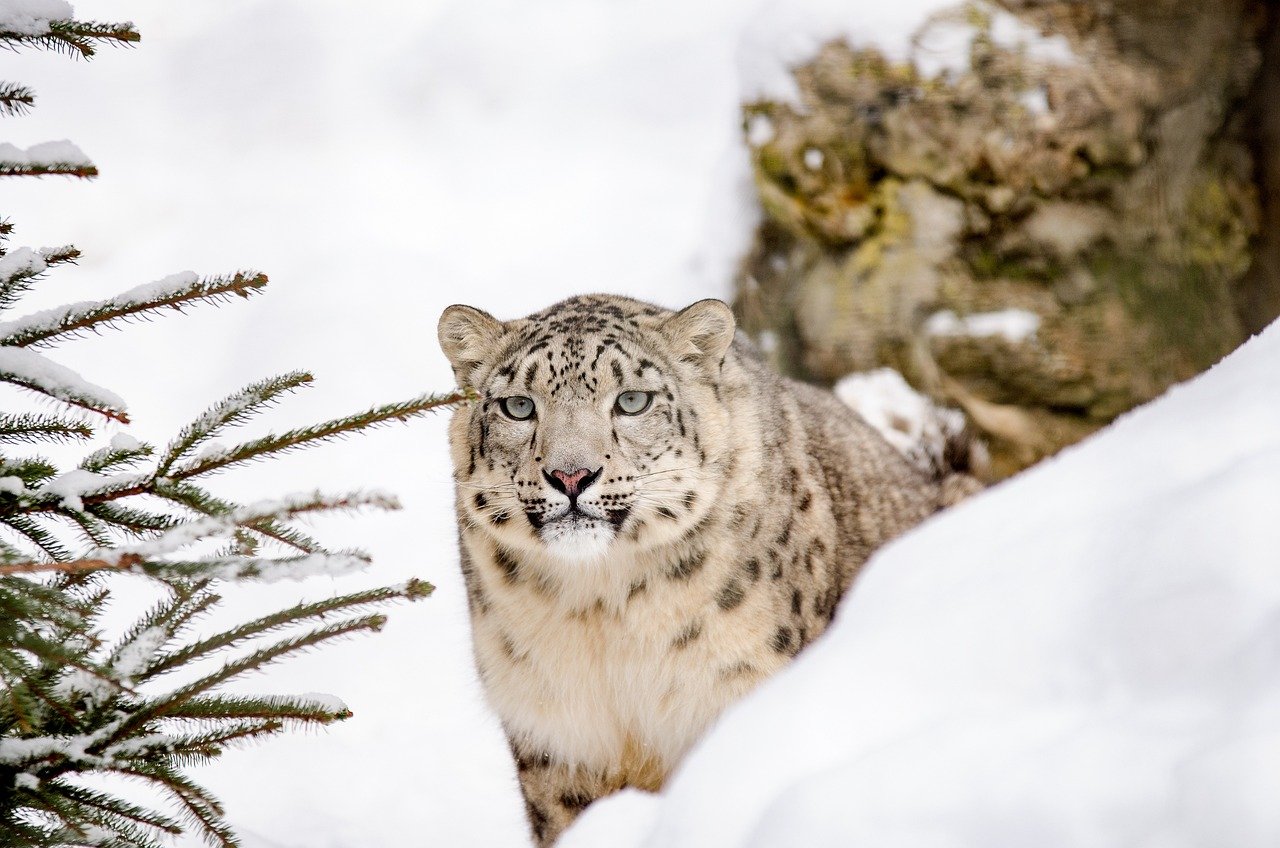
Leopards have mastered the art of meal prep better than most humans. These spotted hunters drag their prey up into trees, sometimes hauling animals twice their own body weight vertically up a trunk. It’s like watching someone carry a refrigerator up a fire escape.
This bizarre behavior isn’t just showing off. By storing carcasses in trees, leopards protect their meals from scavengers like hyenas and lions. The kill can stay fresh for days, giving the leopard multiple feeding opportunities without the risk of losing their hard-earned dinner to bigger predators.
Snow Leopards: The Mountain Ghosts That Hunt by Falling
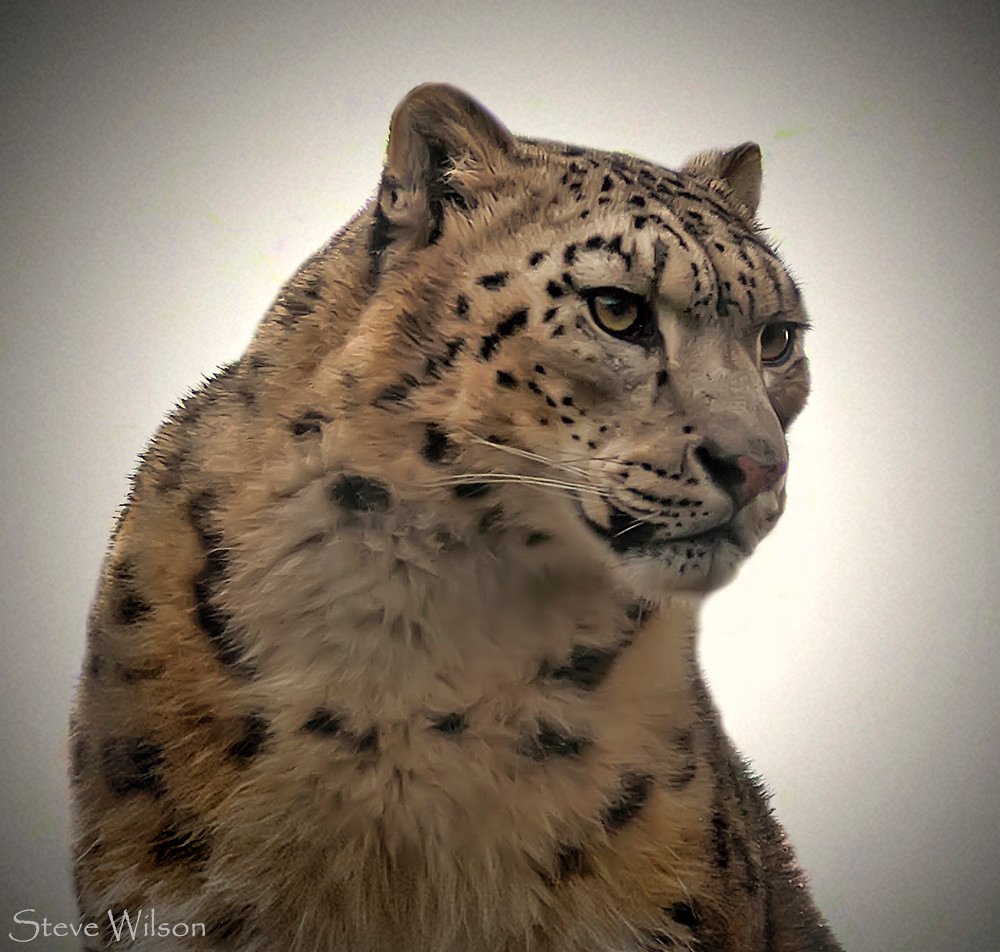
Snow leopards have turned gravity into their hunting partner. These elusive cats actually leap off cliffs and rocky ledges to land on unsuspecting prey below. Their massive paws act like snowshoes, distributing their weight perfectly for silent landings on steep terrain.
What makes this tactic truly mind-blowing is their precision. A snow leopard can calculate the exact trajectory needed to intercept a moving target while falling through thin mountain air. It’s like playing 3D chess while bungee jumping, except the stakes are dinner or starvation.
Lions: The Masters of Psychological Warfare
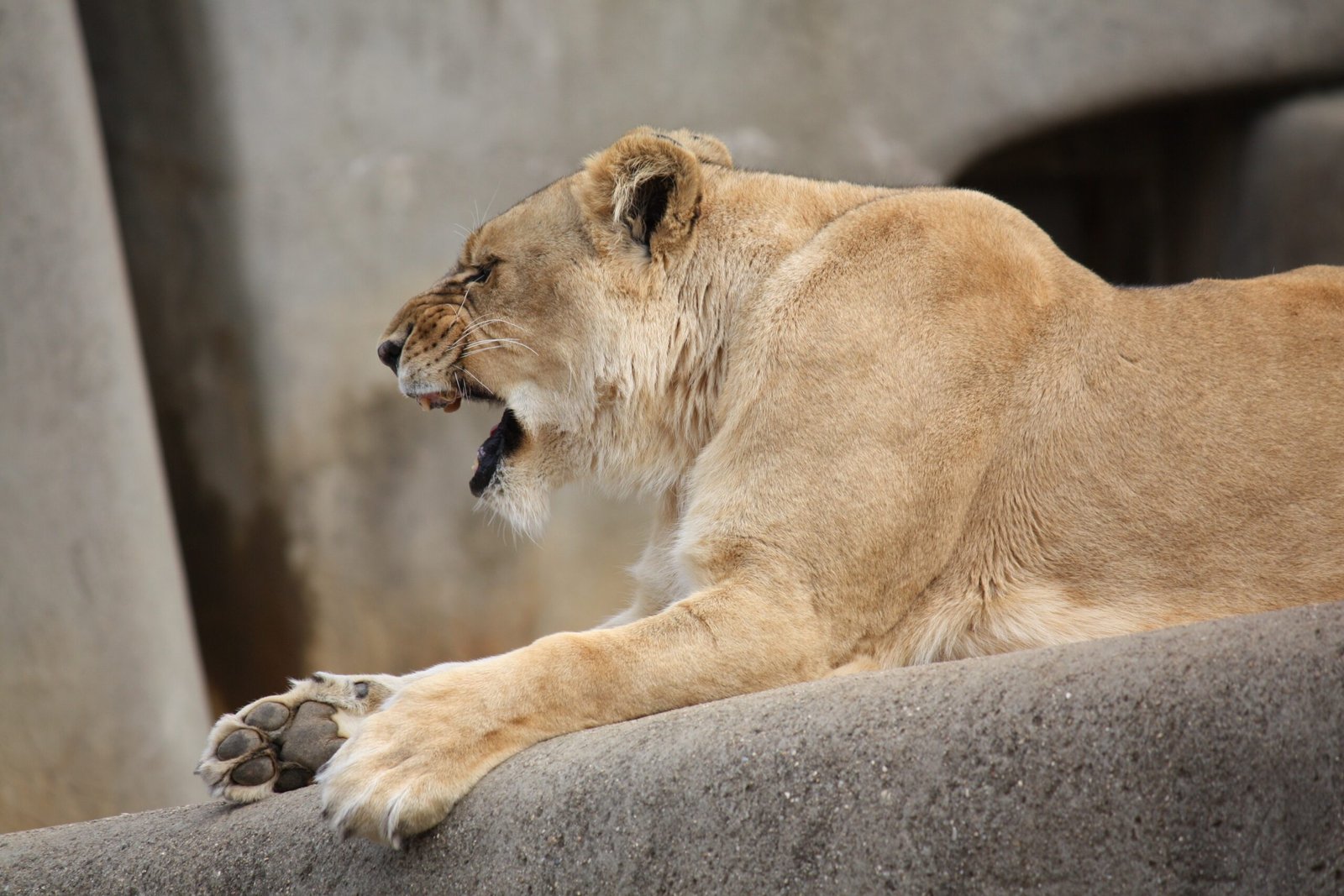
Male lions don’t just hunt with their claws and teeth. They use their roar as a weapon of mass confusion. A lion’s roar can be heard from five miles away, and they strategically position themselves to create echo chambers that disorient prey.
The real genius lies in their timing. Lions often roar just before dawn when sound travels furthest and prey animals are most vulnerable. This acoustic assault causes panic among herds, making them scatter in predictable patterns that the pride can exploit. It’s nature’s version of psychological warfare.
Cheetahs: The Sprint-and-Trip Specialists
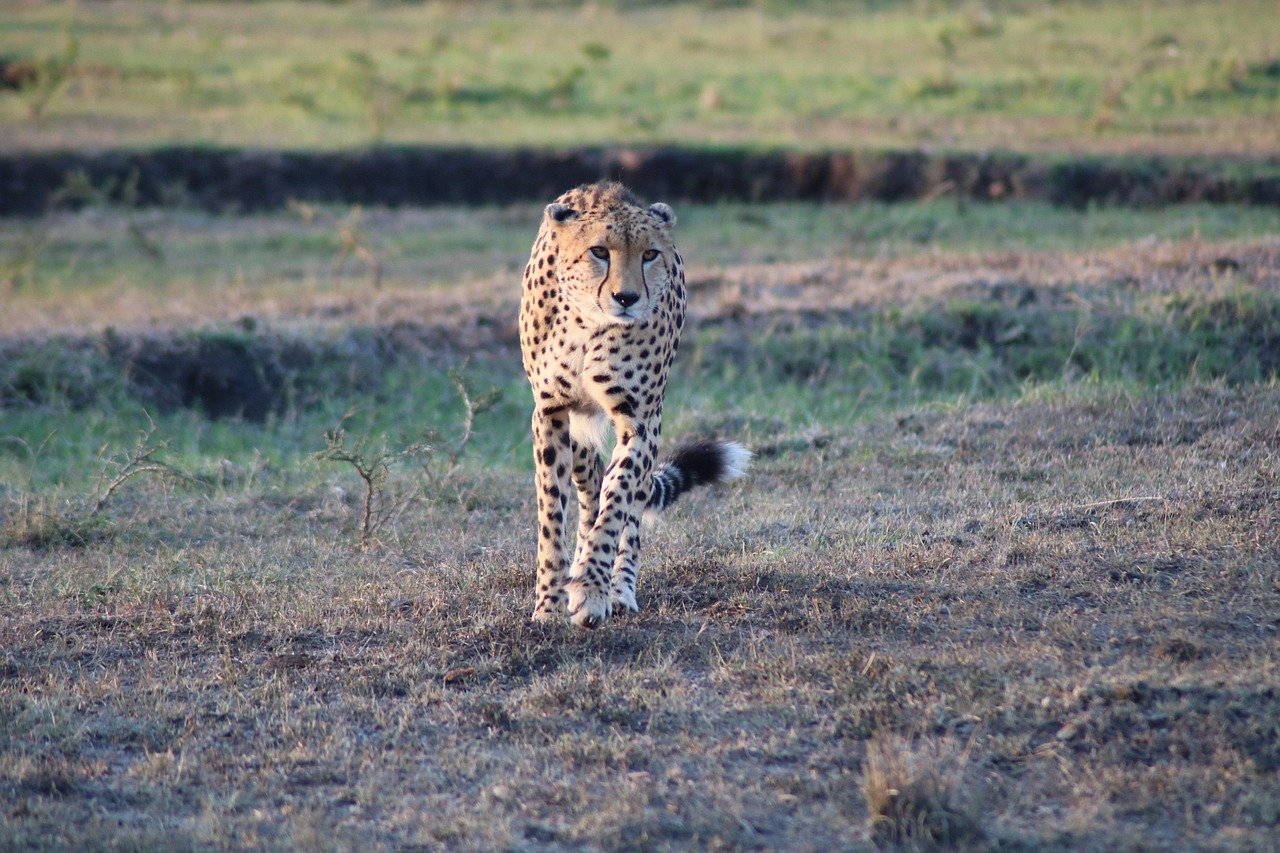
Everyone knows cheetahs are fast, but their real hunting secret isn’t speed alone. These spotted rockets use their dewclaw like a grappling hook, swiping at the legs of running prey to send them tumbling. It’s less about outrunning and more about outsmarting.
The dewclaw technique is so precise that cheetahs can trip a gazelle without breaking their own stride. They’ve essentially weaponized their thumbs, turning what could be a long chase into a quick takedown. Think of it as nature’s version of a perfectly timed tackle in football.
Jaguars: The Bone-Crushing Aquatic Assassins

Jaguars have the strongest bite force of any big cat, but they use it in ways that would make other predators jealous. These muscular hunters actually dive underwater to catch fish, caiman, and even turtles. Their jaw strength allows them to crack through turtle shells like we crack walnuts.
What’s truly bizarre is how comfortable jaguars are in water. Unlike most cats, they actively seek out aquatic prey and can hold their breath for surprisingly long periods. They’ve basically become the Navy SEALs of the big cat world, equally deadly on land and in water.
Tigers: The Ambush Artists Who Hunt by Mimicking
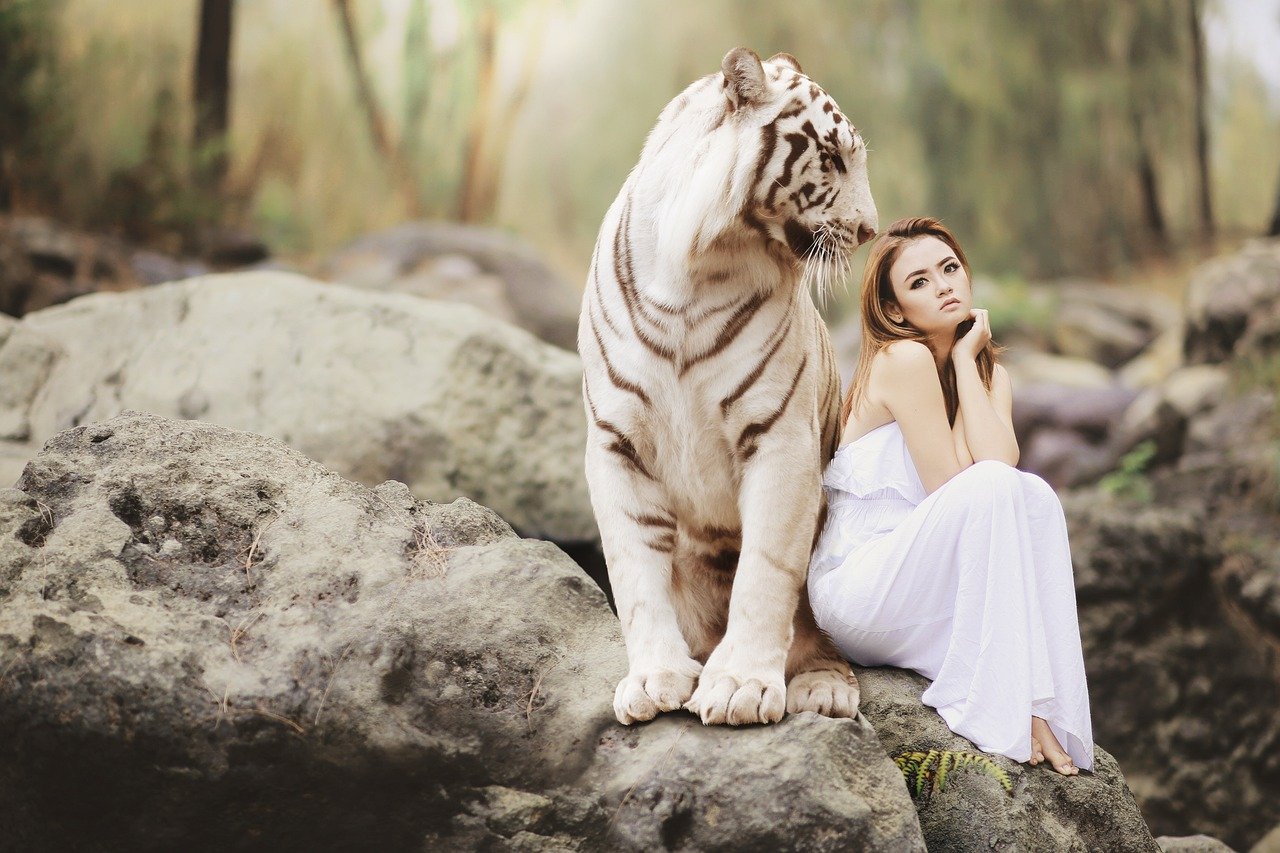
Tigers have developed one of the most unsettling hunting tactics in the animal kingdom. They can mimic the calls of other animals to lure prey within striking distance. Some tigers have been observed imitating the distress calls of deer or the territorial calls of other predators.
This vocal deception is combined with their incredible stealth abilities. A 400-pound tiger can move through dense jungle without making a sound, appearing seemingly out of nowhere. It’s like having a master ventriloquist who’s also a ninja, and dinner is always the final performance.
Pumas: The Stalkers Who Hunt by Waiting
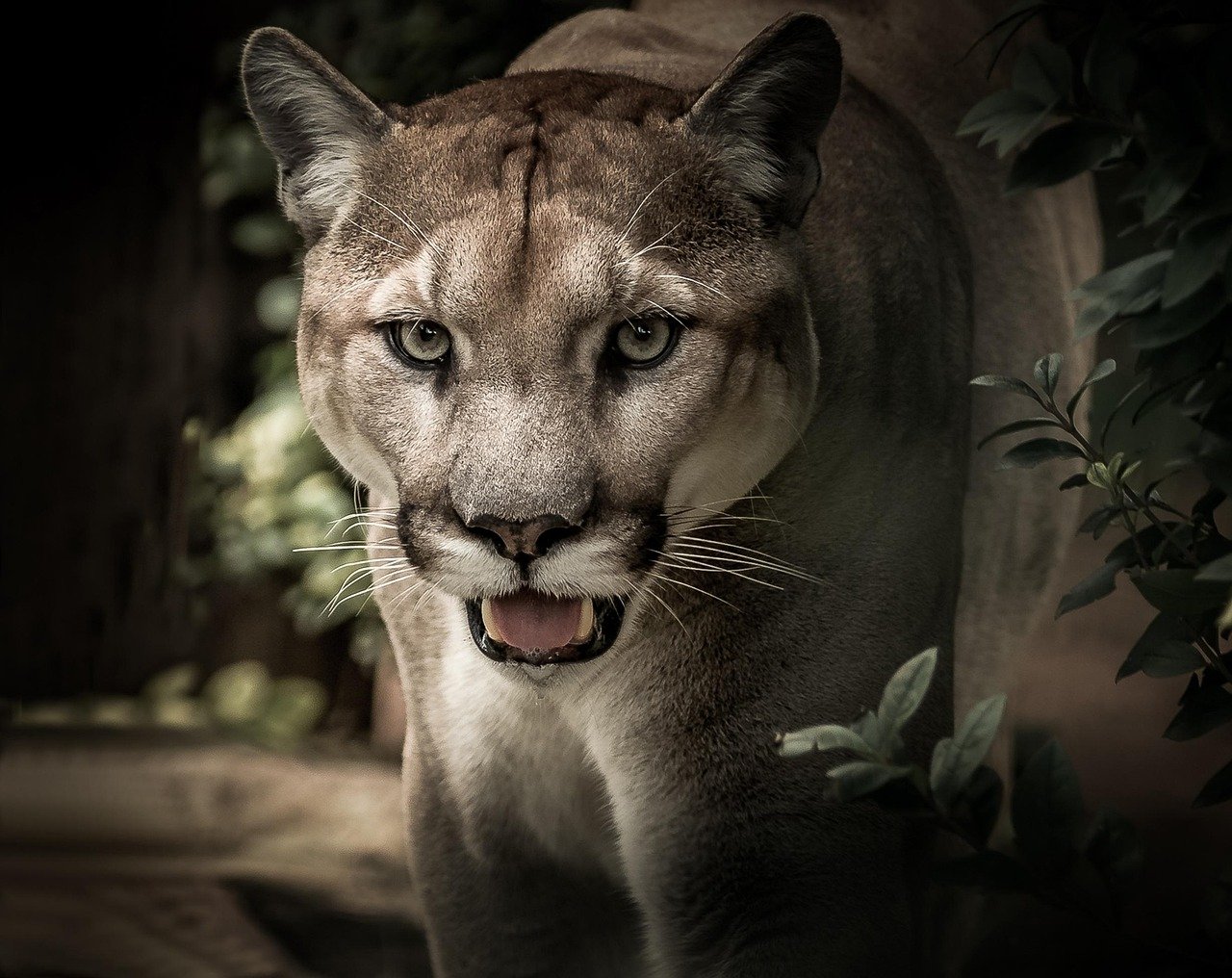
Pumas have perfected the art of patience in ways that would impress any meditation guru. These cats will follow their prey for hours or even days, learning their routines and identifying the perfect moment to strike. They’re essentially conducting surveillance operations.
The waiting game pays off because pumas study their target’s behavior patterns. They know when deer come to drink, which trails elk prefer, and where prey animals feel most secure. By the time they make their move, success is almost guaranteed because they’ve done their homework.
Servals: The High-Jump Champions with Radar Ears
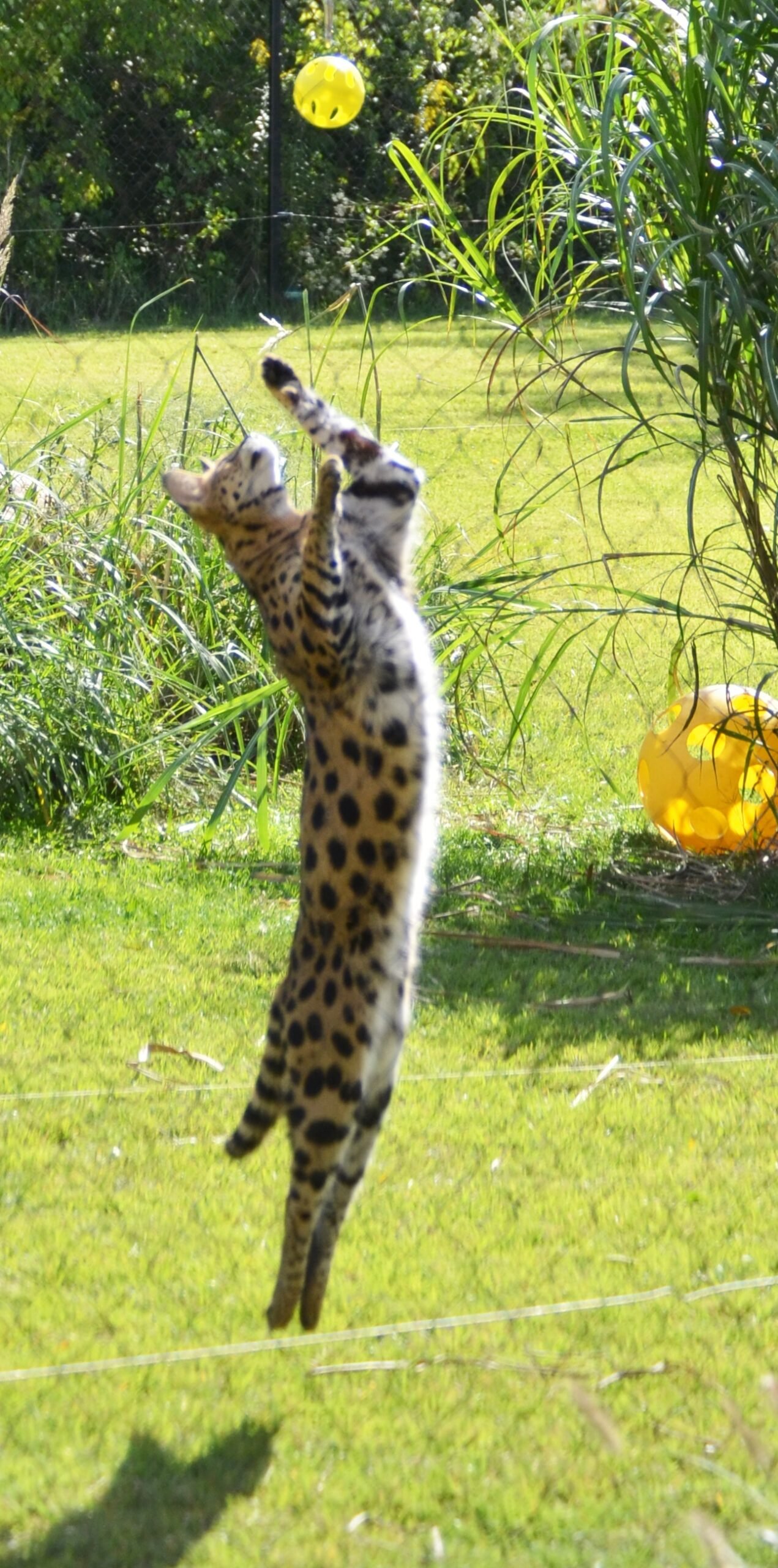
Servals hunt almost entirely by sound, using their oversized ears like satellite dishes to pinpoint prey hiding in tall grass. These long-legged cats can leap up to 10 feet in the air to pounce on rodents they’ve never actually seen. It’s like playing blindfolded darts, except the dartboard is moving.
Their hunting success rate is over 50%, which makes them more efficient than most other wild cats. Servals have essentially turned their ears into precision hunting instruments, proving that sometimes the best weapon is the one you listen with rather than the one you fight with.
Lynx: The Snowshoe Specialists Who Hunt by Patience
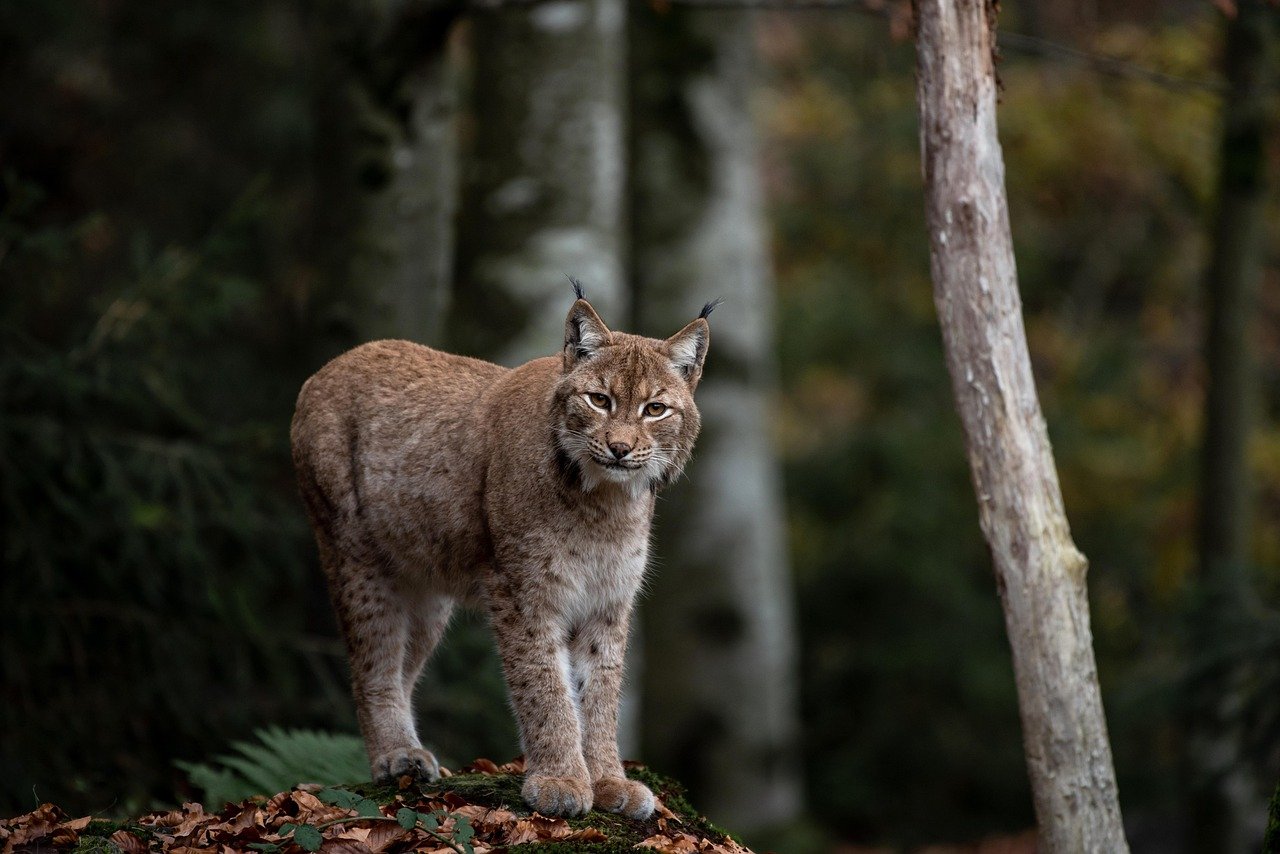
Lynx have developed a hunting strategy that’s part meditation, part explosive action. These tufted-ear cats will sit motionless for hours in the snow, waiting for snowshoe hares to hop within range. Their oversized paws work like natural snowshoes, giving them a mobility advantage in deep snow.
When a lynx finally strikes, it’s with devastating precision. They can leap up to 25 feet in a single bound, covering ground so quickly that their prey barely has time to react. It’s the ultimate example of “slow and steady wins the race,” followed by “fast and furious ends the chase.”
Ocelots: The Tree-Climbing Fish Catchers
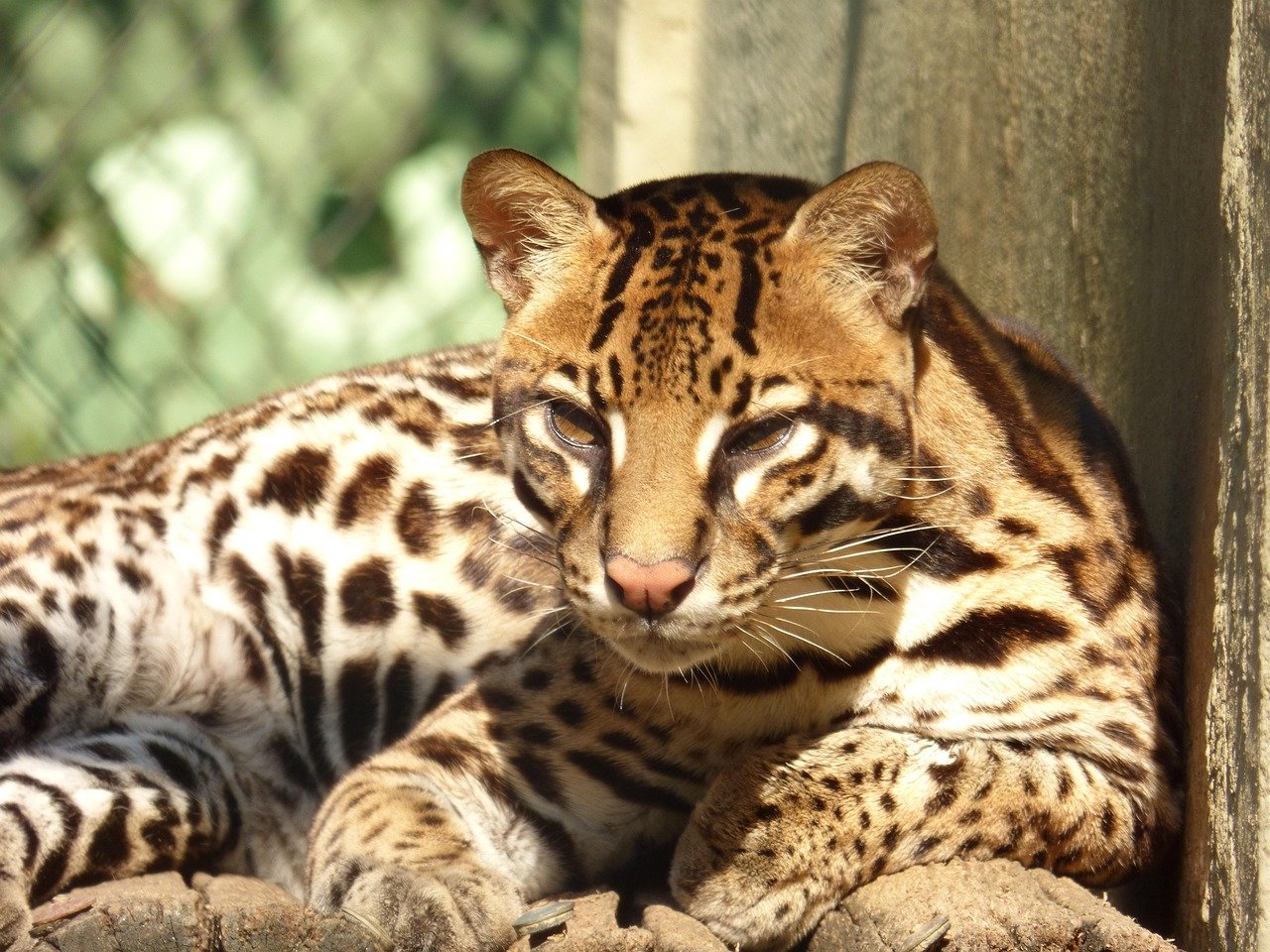
Ocelots have mastered one of the most unusual hunting techniques in the cat kingdom. These spotted climbers actually fish from tree branches overhanging water, using their paws to scoop fish right out of streams. They’ve essentially turned fishing into an aerial sport.
What makes this behavior so remarkable is their patience and precision. Ocelots can hang from branches for extended periods, waiting for the perfect moment to strike. They’ve combined their natural climbing abilities with fishing skills that would make any angler jealous, proving that sometimes the best fishing spot is 15 feet above the water.
Conclusion: Nature’s Most Creative Predators
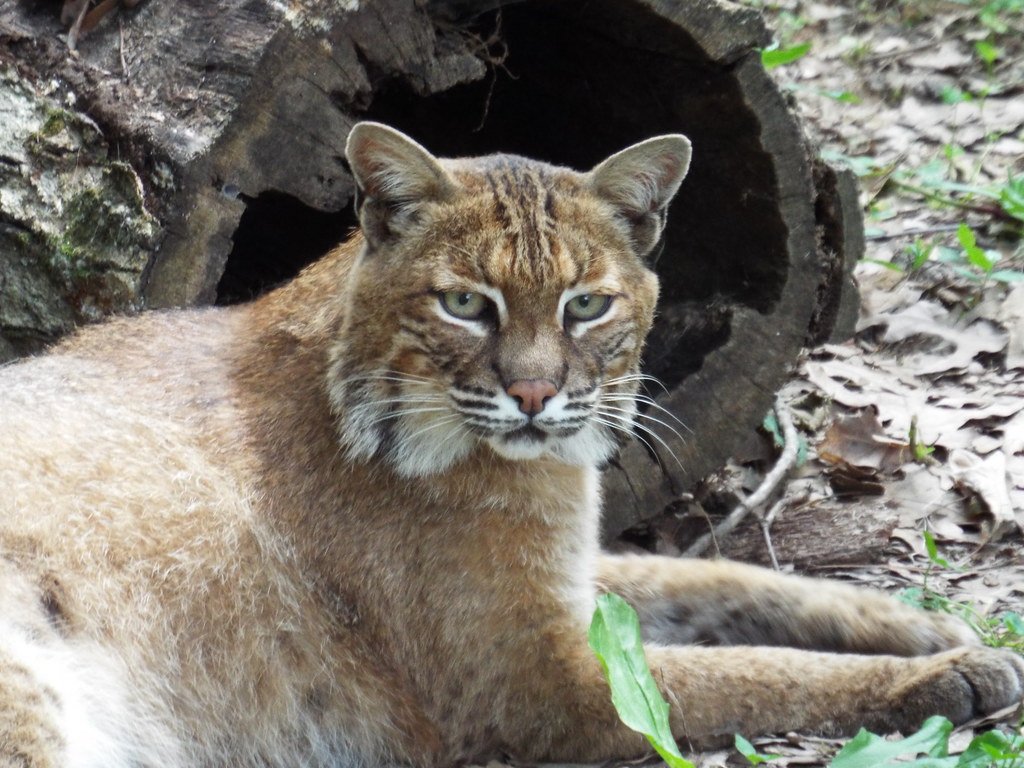
These hunting tactics reveal just how creative and adaptable big cats really are. From gravity-defying leaps to underwater ambushes, each species has evolved unique strategies that perfectly match their environment and prey. What’s most impressive is how these techniques have been refined over thousands of years of evolution.
The next time you see a house cat stalking a toy mouse, remember that they’re channeling hunting instincts perfected by some of nature’s most ingenious predators. These wild tactics prove that in the animal kingdom, success often comes not from brute force, but from thinking outside the box.
Which of these weird hunting tactics surprised you the most?
Hi, I’m Bola, a passionate writer and creative strategist with a knack for crafting compelling content that educates, inspires, and connects. Over the years, I’ve honed my skills across various writing fields, including content creation, copywriting, online course development, and video scriptwriting.
When I’m not at my desk, you’ll find me exploring new ideas, reading books, or brainstorming creative ways to solve challenges. I believe that words have the power to transform, and I’m here to help you leverage that power for success.
Thanks for stopping by, Keep coming to this website to checkout new articles form me. You’d always love it!






